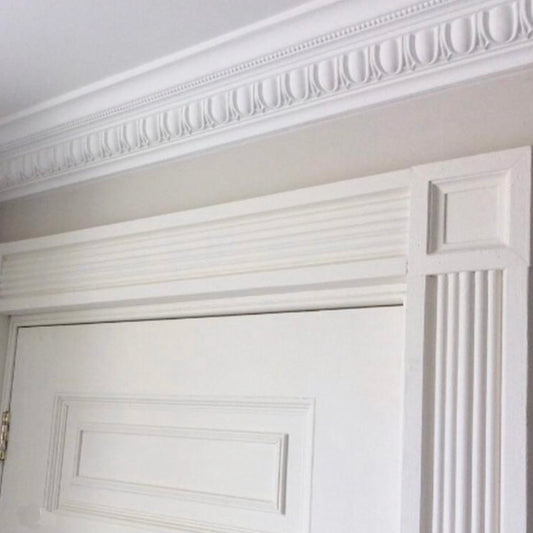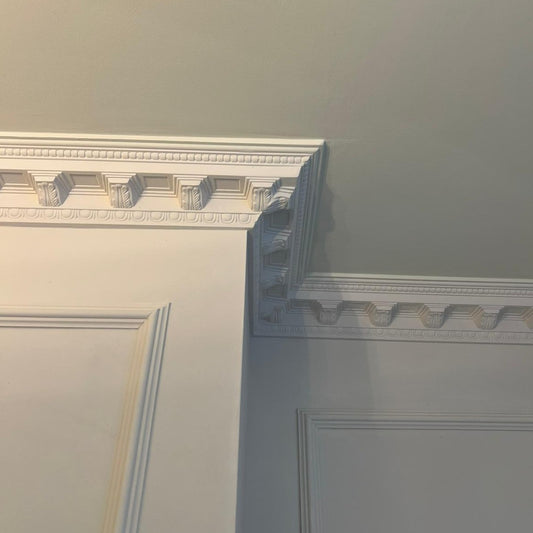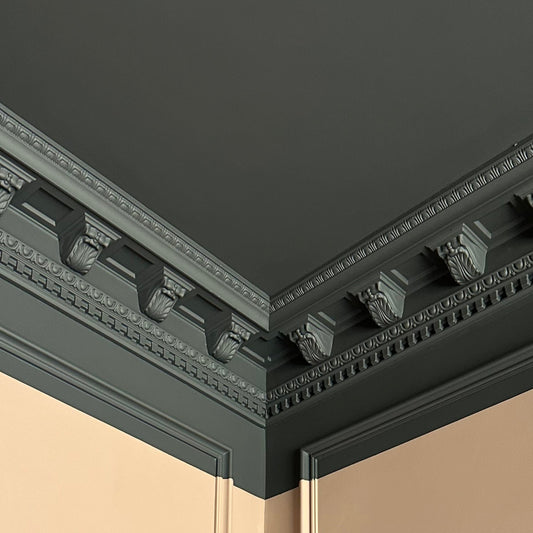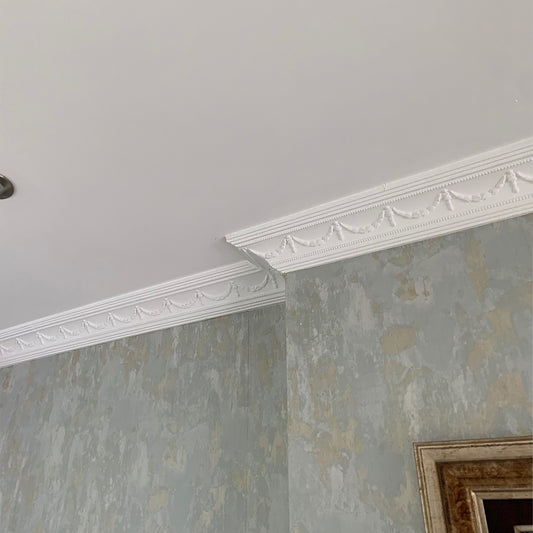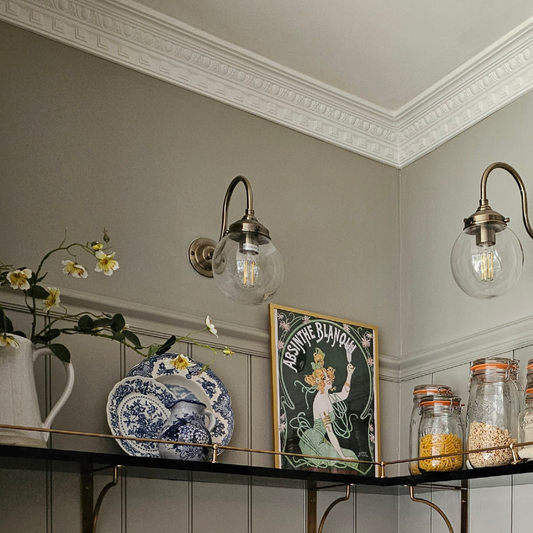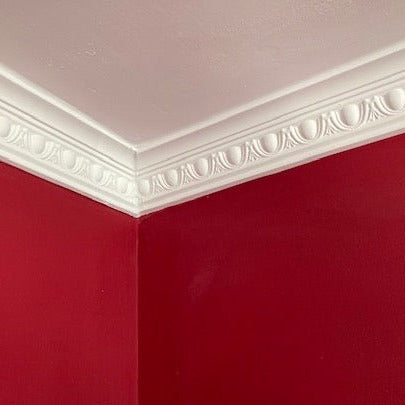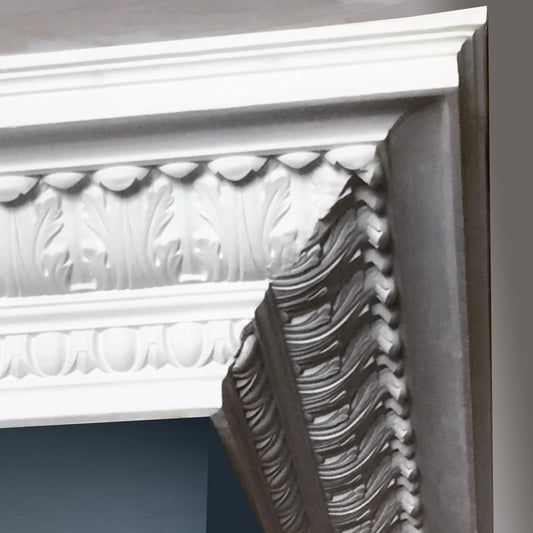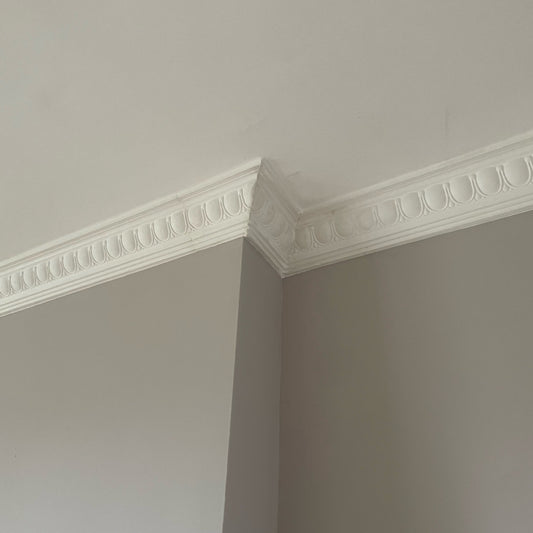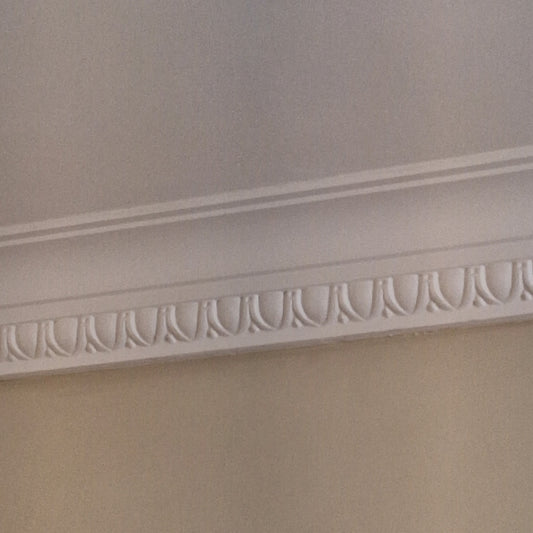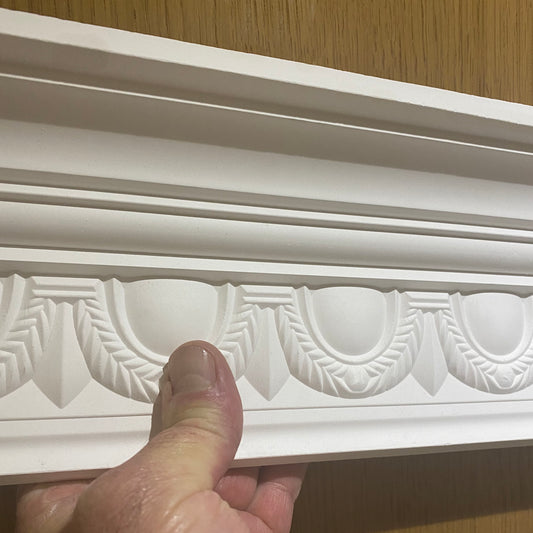-
Plaster Coving Egg & Dart 100mm Drop MPC064
Regular price £10.78Regular priceUnit price per -
Plaster Coving Ornate Victorian 80mm Drop MPC012
Regular price £12.67Regular priceUnit price per£0.00Sale price £12.67 -
Plaster Coving Victorian Entrance Hall 175mm Drop LPC019
Regular price £32.78Regular priceUnit price per -
Plaster Coving Georgian Swag and Drop 85mm Drop MPC062
Regular price £10.66Regular priceUnit price per -
Plaster Coving Dentil Egg & Dart 90mm Drop MPC019
Regular price £8.78Regular priceUnit price per -
Plaster Coving Small Egg and Dart 60mm SPC022
Regular price £7.45Regular priceUnit price per -
Plaster Coving Victorian 235mm Drop XLPC004
Regular price £24.78Regular priceUnit price per -
Plaster Coving Georgian Egg and Dart 90mm SPC020
Regular price £7.89Regular priceUnit price per -
Ogee Egg and Dart Plaster Cornice MPC080 135MM Drop
Regular price £11.40Regular priceUnit price per -
Plaster Coving Egg & Swag 105MM Drop MPC045
Regular price £8.66Regular priceUnit price per


